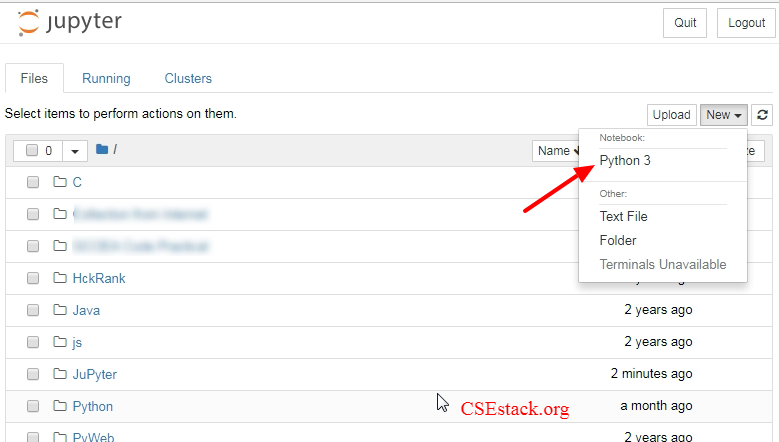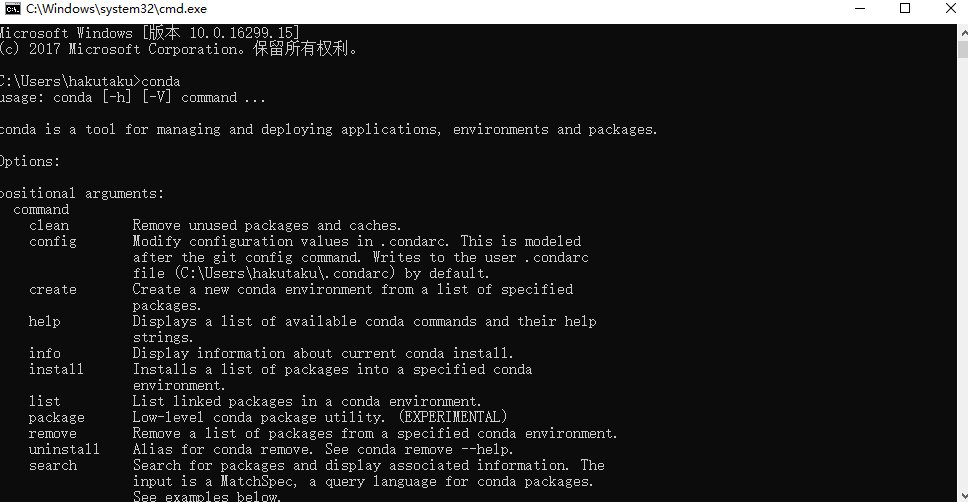
- #PIP INSTALL PYTHON JUPYTER NOTEBOOK HOW TO#
- #PIP INSTALL PYTHON JUPYTER NOTEBOOK SOFTWARE#
- #PIP INSTALL PYTHON JUPYTER NOTEBOOK CODE#
- #PIP INSTALL PYTHON JUPYTER NOTEBOOK WINDOWS#
In the given output, when we press the Enter key, it will show the Label widgets with some text.
#PIP INSTALL PYTHON JUPYTER NOTEBOOK CODE#
Running the above code will display a window that contains a button widget. Label(win, text="Hello World!", font=('Century 20 bold')).pack(pady=4)ītn=Button(win, text="Press Enter", command= callback) #Create an instance of Tkinter frame or window For example, type the following code in Jupyter notebook and run the code by pressing "Shift + Enter".

Now, after verifying the installation, you are ready to write your Tkinter application code in Jupyter notebook. Once we have installed Tkinter in Jupyter notebook, then we can verify the installation by typing the following command − from tkinter import * We can run all the standard commands of Tkinter in Jupyter notebook. Tkinter can be installed on Jupyter notebook as well, by using the command pip install tkinter. It will install all the other modules that come with Tkinter library.
#PIP INSTALL PYTHON JUPYTER NOTEBOOK WINDOWS#
In Windows operating system, we can install the Tkinter library using the command pip install tkinter. If you have not installed Anaconda, there is a second method to install. Installing the Jupyter notebook without Anaconda. This page uses instructions with pip, the recommended installation tool for Python. To launch the Jupyter program : Launch Anaconda Navigator by looking for it in the programs (depending on the version of Windows, you will probably find it by clicking Start > (Programs) > Anaconda > Anaconda Navigator.
#PIP INSTALL PYTHON JUPYTER NOTEBOOK SOFTWARE#
It is completely open-source which works on Windows, Mac, Linux, and Ubuntu. Project Jupyter’s tools are available for installation via the Python Package Index, the leading repository of software created for the Python programming language. ! -m pip install īy the above code, the package will be installed in the same Python version on which the jupyter notebook is running.Tkinter is a Python library used for creating and developing GUI-based applications. sys.executable will return the path of the Python.exe of the version on which the current Jupyter instance is To solve the above-mentioned problem, it is recommended to use sys library in Python which will return the path of the current version’s pip on which the jupyter is running. So in the case of multiple Python versions, this might not install the same package in the jupyter’s Python version. This command executed on the current version in the $PATH variable of the OS. Similarly we can install any package via jupyter in the same way, and it will run it directly in the OS shell.Įxample: Let’s install NumPy using Jupyter.īut using this method is not recommended because of the OS behavior. It contains well written, well thought and well explained computer science and programming articles, quizzes and practice/competitive programming/company. For example, If the following code is written in the Jupyter cell, it will execute as a command in CMD. In Jupyter, the console commands can be executed by the ‘!’ sign before the command within the cell. This is the reason that whenever pip command can directly be run on the console. The OS has a set of paths to executable programs in its so-called environment variables through which it identifies directly what exactly the pip means. To install Python libraries, we use pip command on the command line console of the Operating System. Installing Python Library in Jupyter Using ! pip install


#PIP INSTALL PYTHON JUPYTER NOTEBOOK HOW TO#



 0 kommentar(er)
0 kommentar(er)
